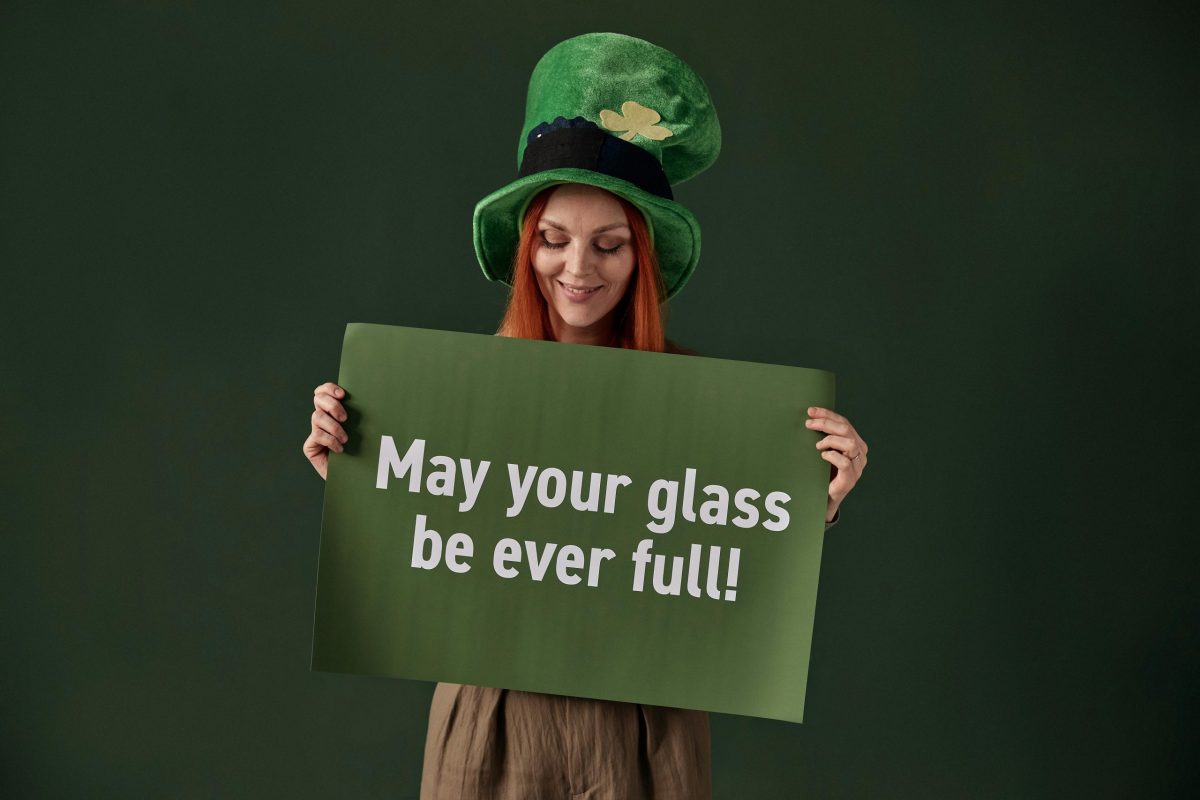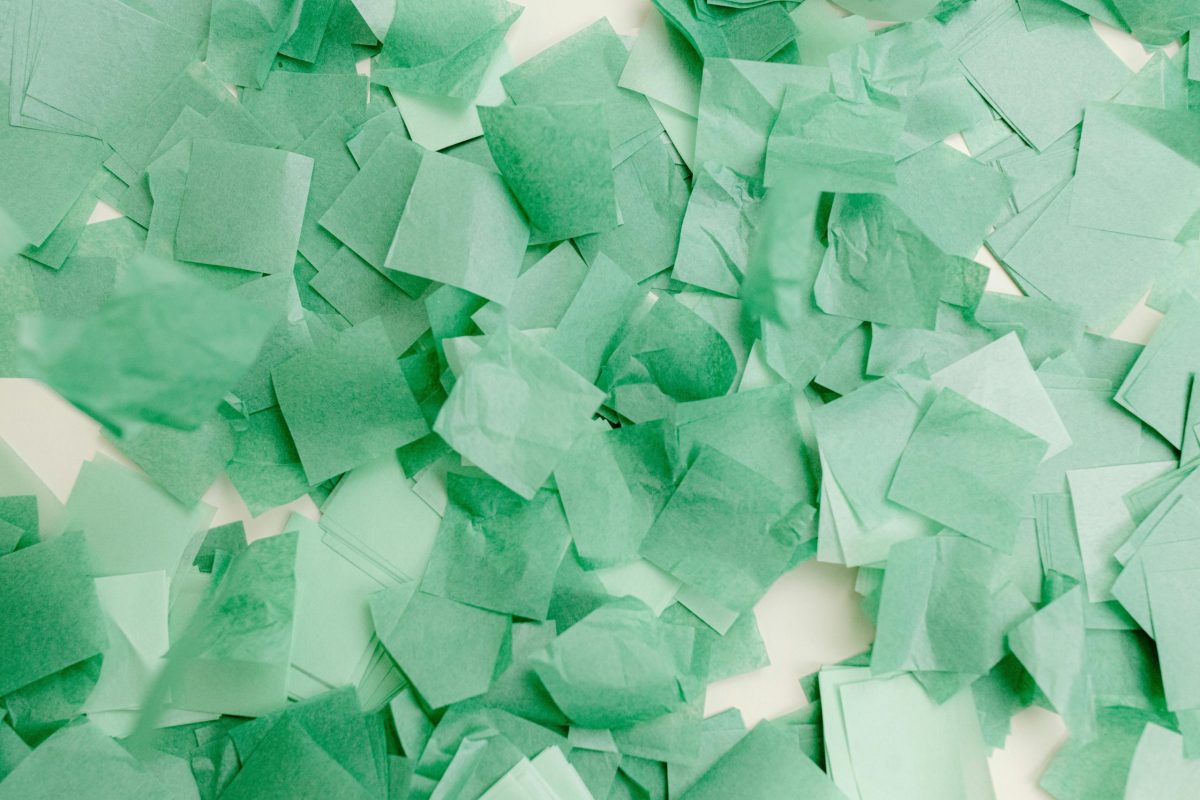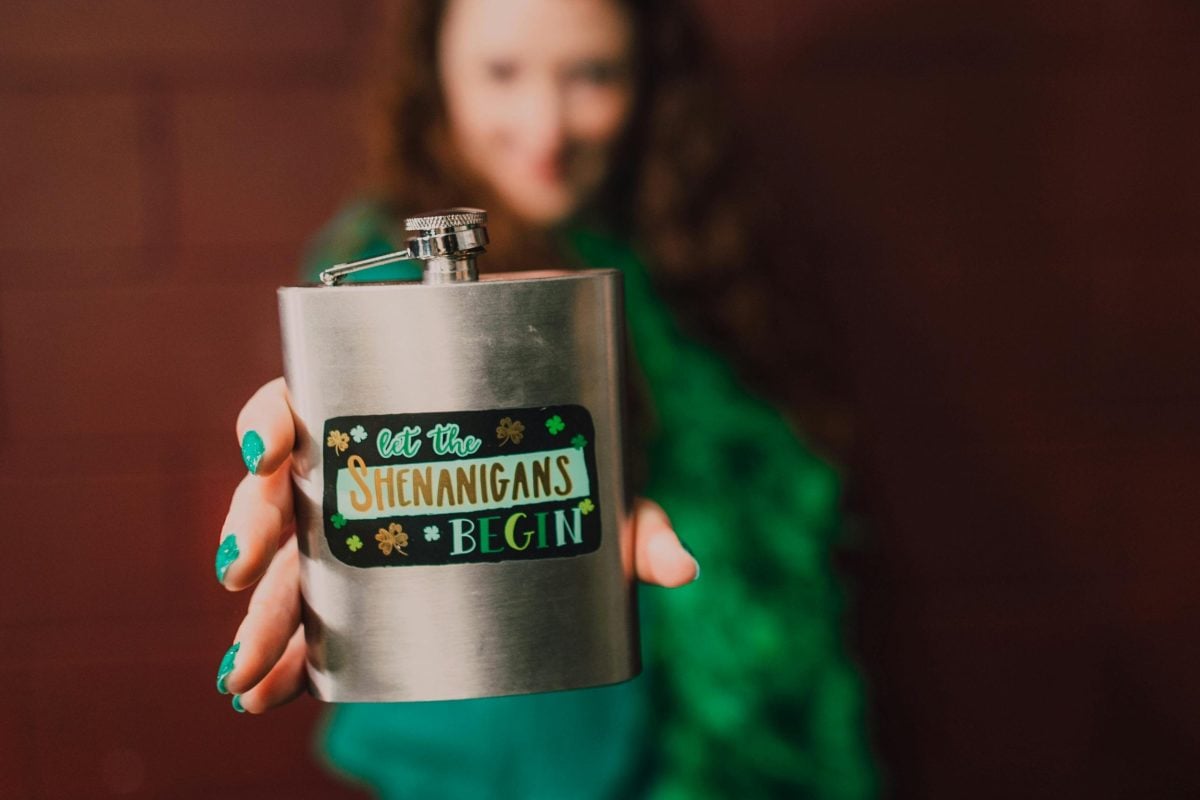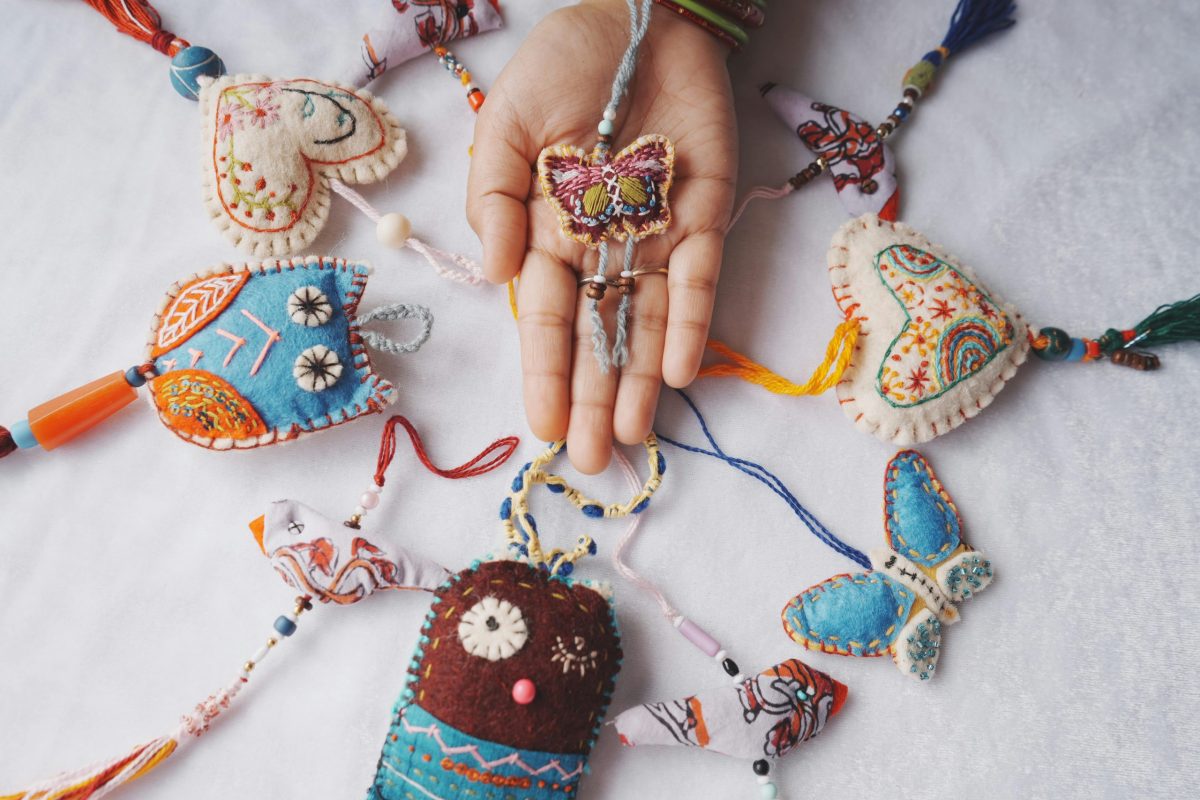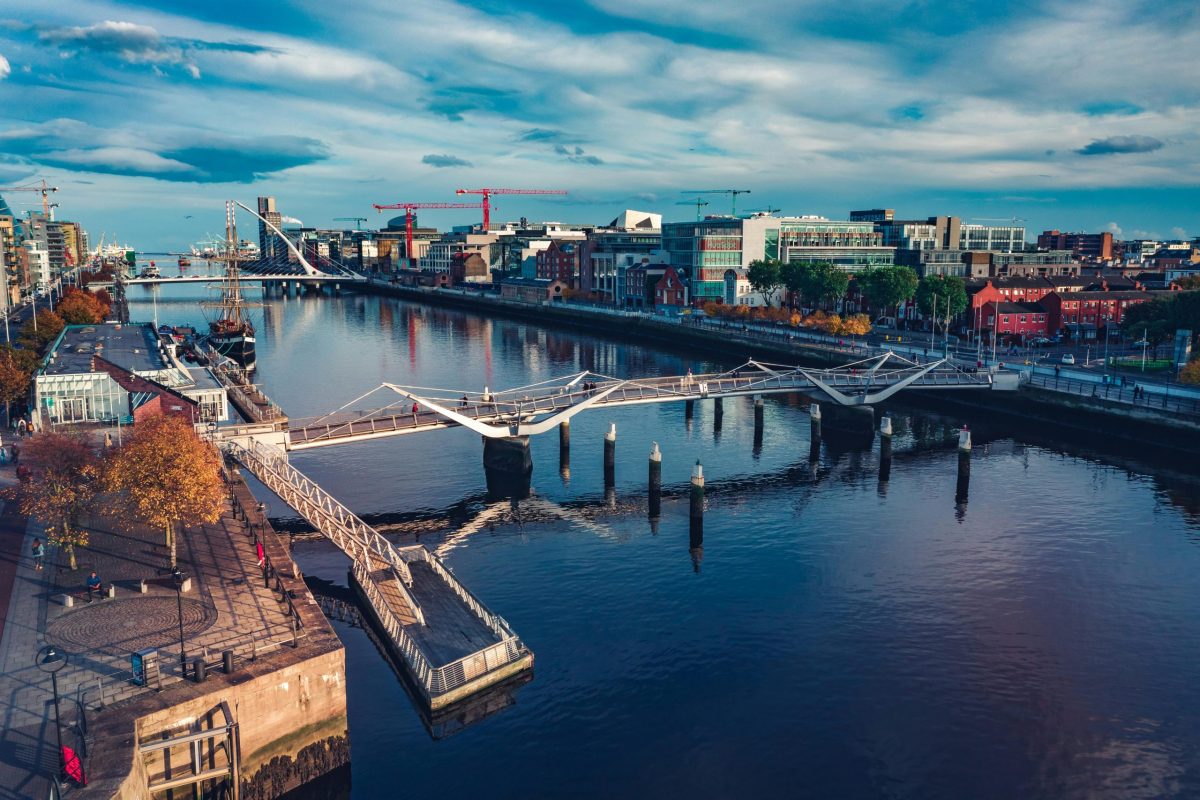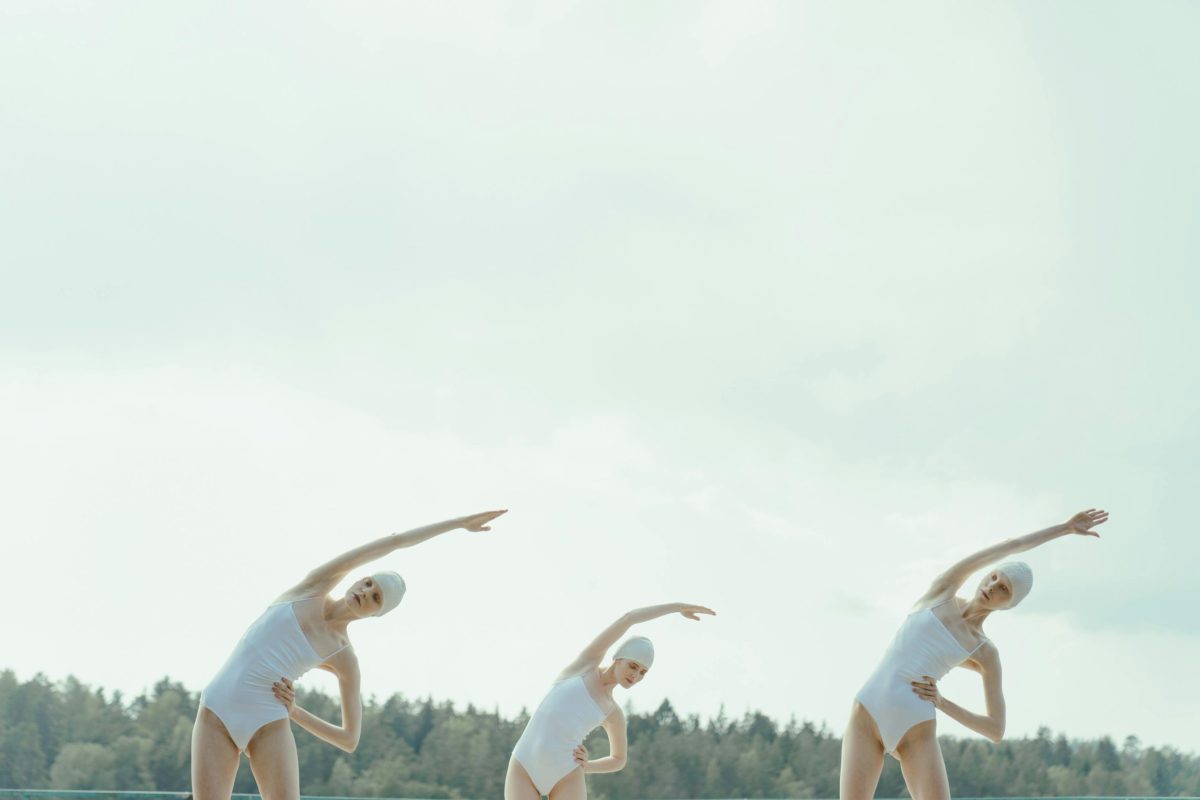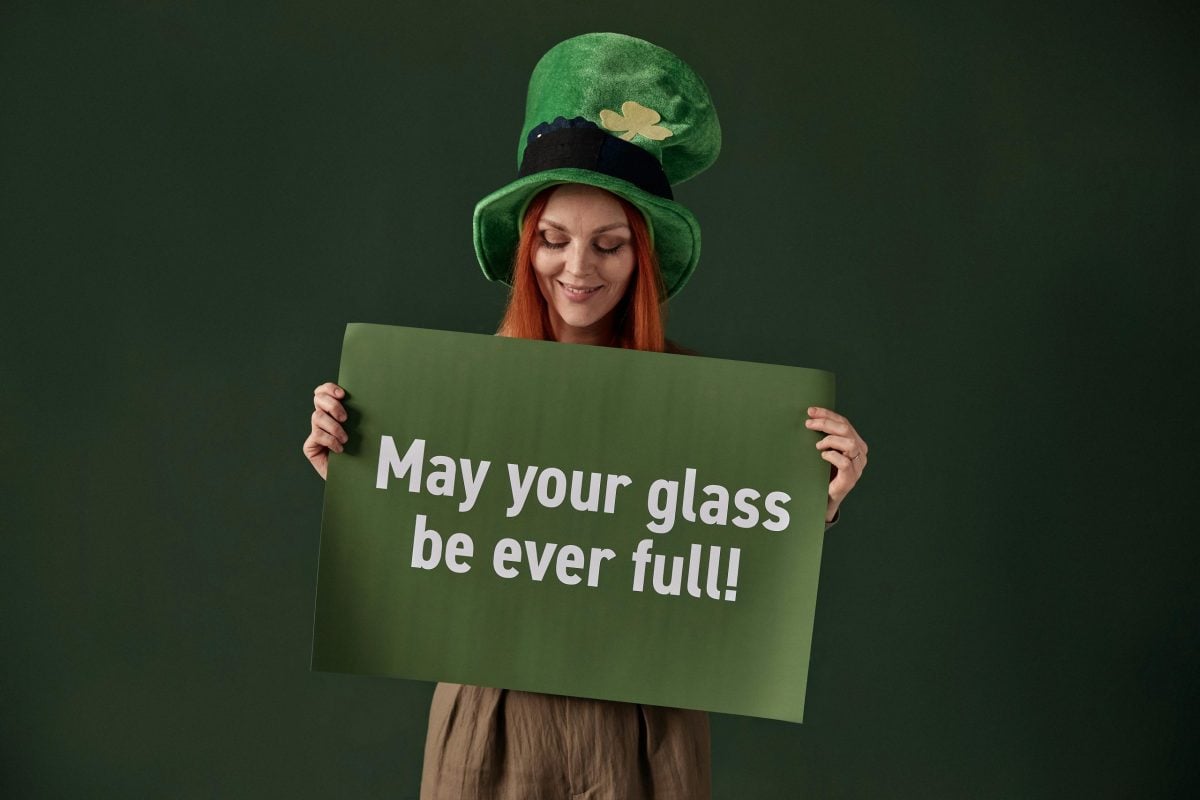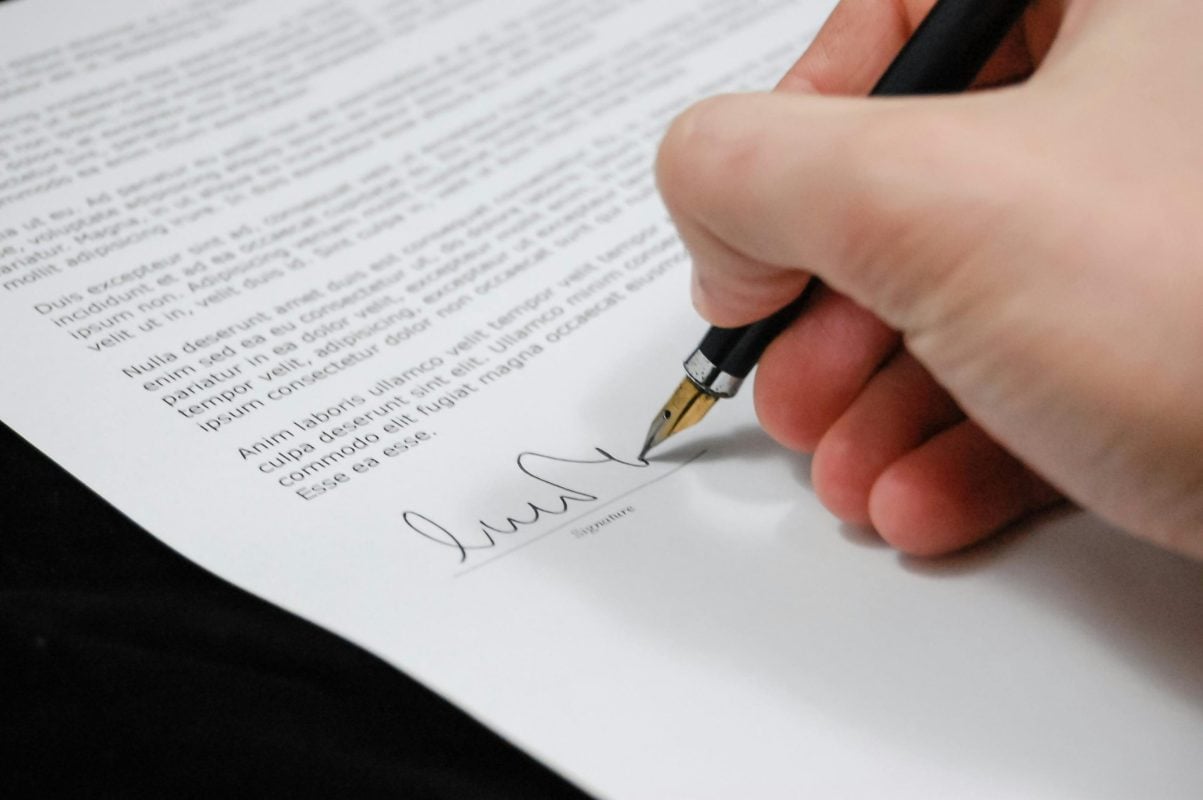From Famine Ships to Fateful Goals: The Haunting Echoes of Our Ancestors Sing Through Every GAA Shout and Stolen Kiss!
Estimated reading time: 5 minutes
Key Takeaways
- Every GAA match is a reminder of our rich history and heritage.
- The connection to our ancestors is felt in every cheer and chant.
- Irish sports abroad foster a sense of community and belonging.
Table of Contents
Introduction
The Heart of the Story
The Wider Echo
The Now & The Next
Did You Know?
FAQs
Final Word
Introduction
Ah, sit ye down and pour yourself a drink, for we’re about to take a gander at our history, stitched together with sweat and sorrow. Every roar from the stands at Croke Park carries the weight of our ancestors’ dreams, their trials and tribulations echoing in every whistle’s blow. From the dark hold of famine ships to the thrilling rush of a last-minute goal, our history is painted with mischief and melancholy, reminding us of who we are — warriors, dreamers, and a bit mad, all wrapped in the embrace of a country that never forgets.
The Heart of the Story
Picture this: a grey-skied day in Cork, a place where the very ground tells tales of famine and fortune. We gather, generations deep, under the banner of our beloved rebels. Voices crack with passion, hearts thud like drums as we chant for our heroes donning the green and gold. Every match brings not only a fight for the tile but a rekindling of something much deeper — the fight against forgetting who we are. For those of us scattered throughout the globe, whether in Boston pubs or Sydney’s sun, we beam with Cork pride, and the thrill of victory or the agony of defeat resonates as if we were right back there on the pitch. It’s more than just sport; it’s genes wrapped in glory.
The Wider Echo
This clash of history and hope doesn’t just happen in fields; it’s lodged in our very being. When we shout, “Up the Rebels!” it’s a howl from our ancestors who held the line during the toughest of times, a remembrance of the men and women who dared to dream while sailing far from home on those dreadful ships. The diaspora knows this chant, this connection; it ties the bitter past to our fiery spirits. There’s poetry in it: “We can’t forget where we came from.” From the tales told at late-night gatherings to the myriad of rebel songs that soar high, they are our reminder that we might be scattered, but we remain a patchwork quilt of souls connected by blood and pride.
The Now & The Next
Today, our homeland tackles the weighty crisis of the housing system, and yet on weekends, our spirit rallies anew as GAA matches bring together the scattered threads of community. Picture a young lad in a Kerry jersey, his eyes shining bright as he dreams of his own legendary goals, or one of us in New York, clad in the green and gold, sharing a pint with friends who understand the stakes. We’re still here, still shouting. We look to the past not as a burden but as a foundation on which to build anew. Each cheer echoes the hearts of those who came before us, reminding us that our stories are never over.
Did You Know?
- The GAA was founded in 1884, during a time when Irish identity was emerging against the backdrop of British rule.
- In 2018, over 684,000 people attended GAA matches, proving it’s not just a game, but a vital piece of Irish culture.
FAQs
What can I do to get more involved in Irish sports abroad?
Join a local GAA team or club! They’re a fantastic way to connect with heritage and meet new friends. Plus, they often have themed jerseys for passionate fans to wear.
What’s the significance of the GAA jerseys?
GAA jerseys carry stories — of commitment, belonging, and passion. Whether you’re donning the jersey of your home county like Cork or a beloved club, it’s more than fabric; it’s fabric of life itself.
Final Word
So whether you find yourself lost in the hustle of New York or nestled among the hills of County Kerry, remember — you’re part of a rich tapestry. Let the spirit of your ancestors guide you, shout with them from every pub and pitch. Be proud, be loud, and if you carry the same pride we do, you’ll find a piece of home waiting at
HubIrish.com.

